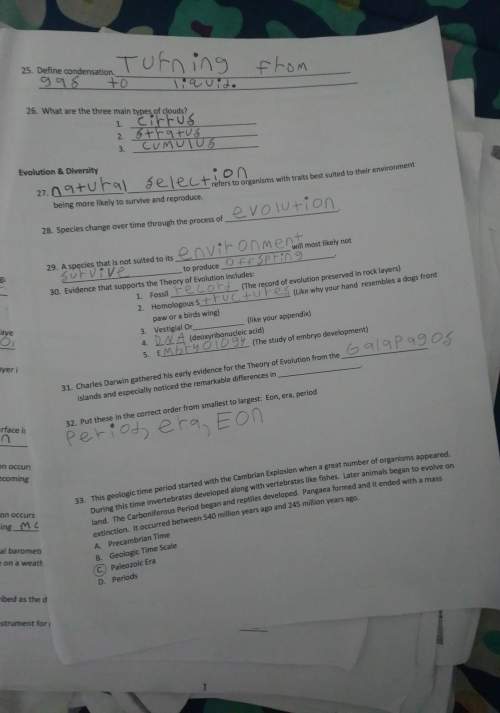
Physics, 30.03.2020 20:25, Emmaxox715
Suppose an X-ray binary is found in which the visible star is a 12 M⦿ red giant, the orbital period is 3.65 days, and the semimajor axis is 0.12 AU. Show whether the companion likely to be a neutron star or a black hole.

Answers: 3
Other questions on the subject: Physics

Physics, 21.06.2019 19:30, krudmagreaner
Aparticle travels in a circular orbit of radius 21 m. its speed is changing at a rate of 23.1 m/s2 at an instant when its speed is 37.2 m/s. what is the magnitude of the acceleration (in m/s? ) of the particle?
Answers: 1

Physics, 22.06.2019 09:20, Geo777
Question 11 of 13 (1 point) jump to question: a stairway, ladder, or ramp must be present in excavations in which of the following situations? a. all trenches must have access/egress b. the trench is more than 15 feet wide but only 1 ½ feet deep c. the trench is more than 4 feet deep and the devices must be within 25 feet of all workers
Answers: 1

Physics, 22.06.2019 10:00, Trinhphuongtran
One object has a mass of 1 kg and another object has a mass of 3 kg. if the speeds are the same, which of the following is true about their kinetic energy?
Answers: 2

Physics, 22.06.2019 12:30, tigistamare03
When a vertical beam of light passes through a transparent medium, the rate at which its intensity i decreases is proportional to i(t), where t represents the thickness of the medium (in feet). in clear seawater, the intensity 3 feet below the surface is 25% of the initial intensity i0 of the incident beam. what is the intensity of the beam "10" feet below the surface? (give your answer in terms of i0. round any constants or coefficients to five decimal places.)
Answers: 2
Do you know the correct answer?
Suppose an X-ray binary is found in which the visible star is a 12 M⦿ red giant, the orbital period...
Questions in other subjects:

Mathematics, 23.07.2019 03:00

English, 23.07.2019 03:00



Mathematics, 23.07.2019 03:00

Mathematics, 23.07.2019 03:00

Biology, 23.07.2019 03:00



History, 23.07.2019 03:00







